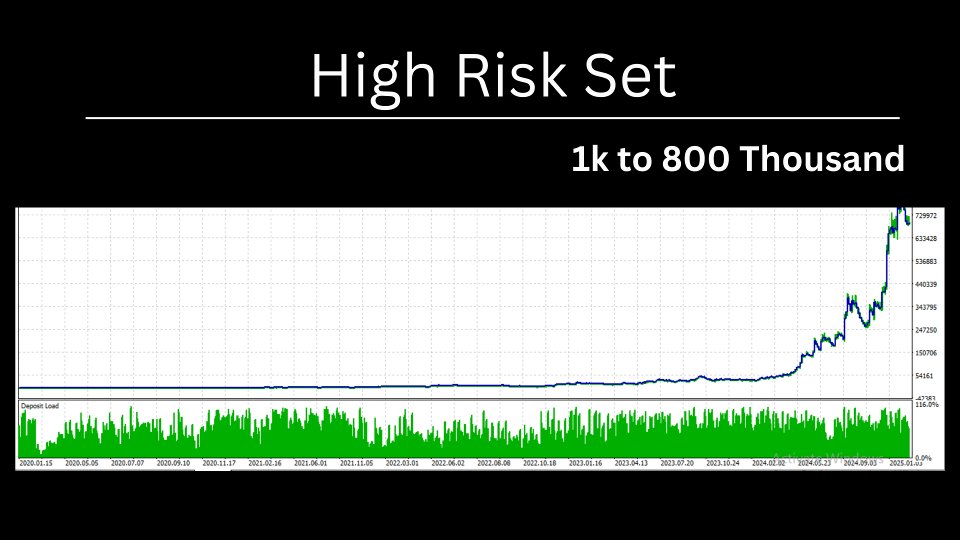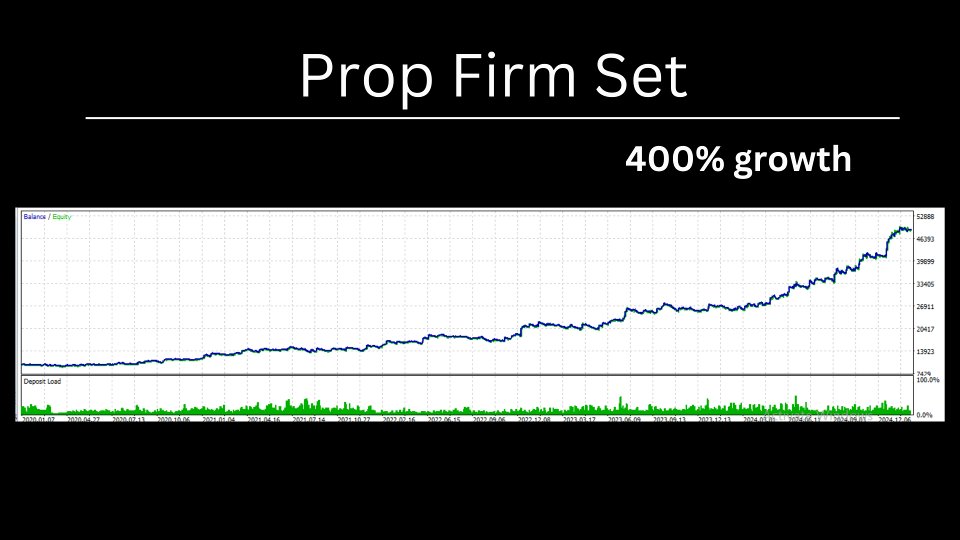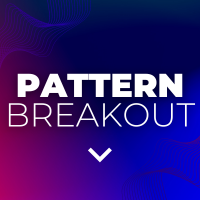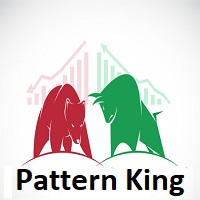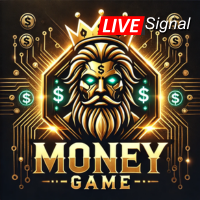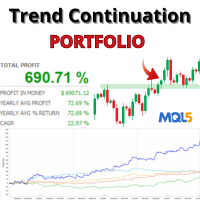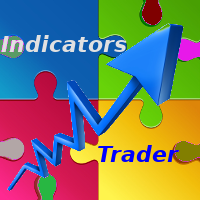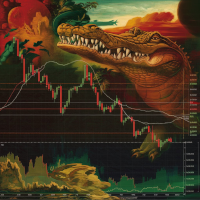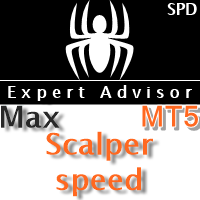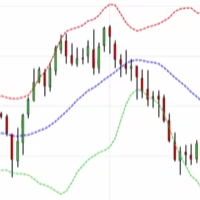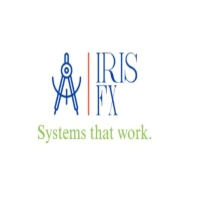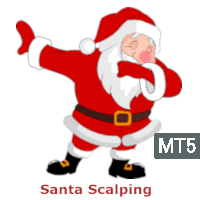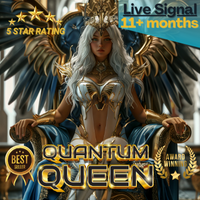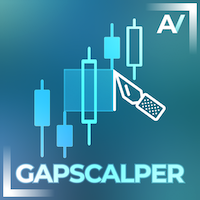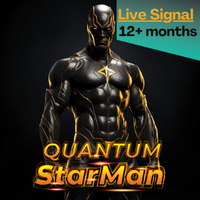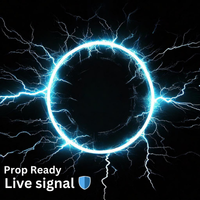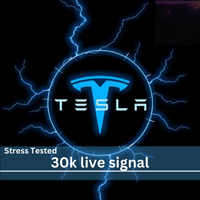US100 Nasdaq MT5
- Experts
- Benrashi Sagev Jacobson
- Versão: 1.0
- Ativações: 10
Only a few copies left at the current price! Final price: 2000$
Advanced Robustness Testing: Can Help Evaluate Adaptability and Performance
Stress-testing methods help evaluate how an EA responds to different market conditions and parameter changes. Walk Forward Optimization (WFO) and Walk Forward Matrix (WFM) test adaptability to unseen data and different market conditions while suggesting periodic re-optimization. Monte Carlo simulations introduce randomness to assess performance stability under varying scenarios. Sequential testing adjusts entry, exit, and indicator values to identify stable parameter ranges, and system permutation stress testing examines performance consistency across a wide range of settings. These methods help analyze overfitting risks, adaptability, and sensitivity to market variations.
Contact me to learn more about the reasoning behind the stress-tests and related information.
Strategy overview
The strategy uses the Bollinger Bands indicator to generate trade signals while avoiding riskier methods like martingale and grid trading. It incorporates an Average True Range (ATR) stop loss and a trailing stop, which adjust dynamically to changes in volatility and spread.
Broker Requirements & testing
The EA is initially tested using Darwinex data and further validated with Dukascopy data to assess adaptability across different brokers and platforms. While the strategy is designed to respond to volatility-driven movements and adapt to spread variation, using a broker with lower spreads is recommended. For optimal performance, a spread at or below 3 index points during lower volatility periods is recommended.
Compatibility with Other Prop Firms
The strategy can be used with prop firms, with FTMO being the recommended choice. However, it is advised to avoid using Darwinex Zero to prevent account correlation that could impact allocation.
Setup guide
The strategy is designed for the M15 timeframe on Nasdaq futures or CFDs. Brokers operating in EST+7 (GMT -3, GMT -2, DST) are preferred for better alignment with back-testing and live trading, though using a different time-zone broker typically does not significantly impact performance. Trades should be exited on Fridays one hour before the U.S. market closes (4:00 PM in your time zone) and contact me to receive prop firm or high risk sets files.
Disclaimer: Past performance does not guarantee future results. My products do not guarantee, promise, or imply profits through their name, logo, screenshots, or description.
